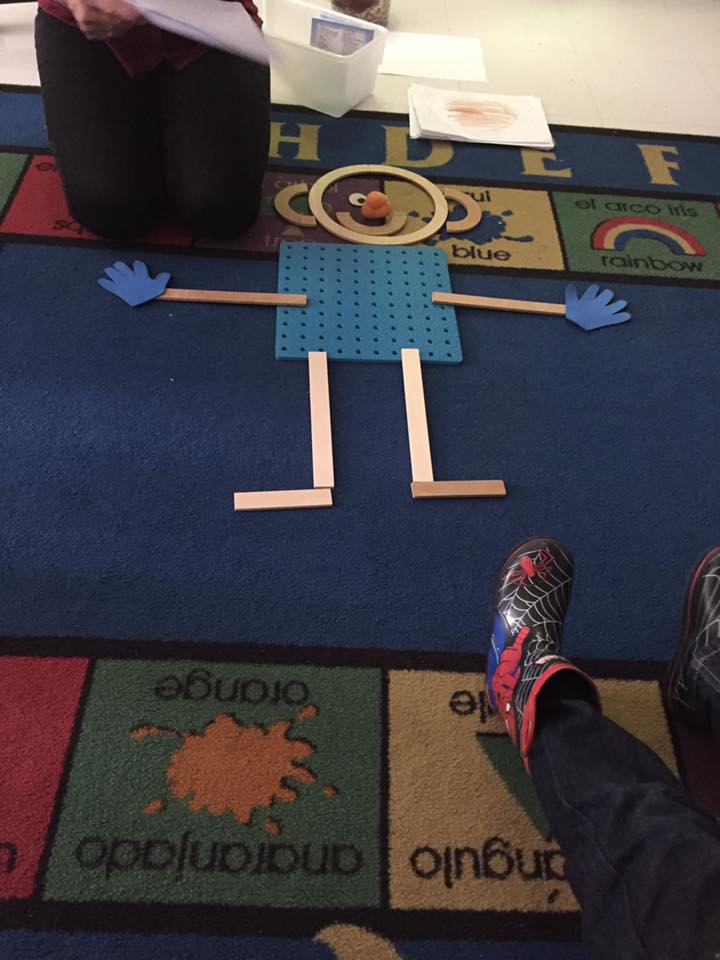NIS offers the AIM program, an innovative educational approach for children with Autism Spectrum Disorder (ASD) and related disabilities. This model integrates applied behavior analysis (ABA), Play-Based Relational Training, and sensory integration for a comprehensive intervention adapted to the individual needs of each child.
Research has been established documenting the efficacy of ABA in the treatment of ASD (Fein et al., 2014; Green, 2011; Lovaas, 1987). Complementary models focus on relational and interpersonal skills, emphasizing affect laden interactions and experiences tailored to meet individual developmental. Play-Based Relational Training represents one of these models for which empirical evidence has begun to emerge (Solomon et al., 2014; Goods et al., 2013; Schreibman et al., 2015).
Two years ago the NIS Research Group, funded in part through a training, research, and development grant made possible through the generous support of the Knapp-Swezey Foundation, has been investigating a research protocol to empirically evaluate the AIM approach implemented at NIS. This group works collaboratively with the NIS program to improve the model implemented at NIS as well as to develop a naturalistic research protocol.
The Research Group has developed a two-year plan. The present year seeks to operationalize components of the interventions, improve data collection, and provide rigorous training in the educational approaches under investigation. Year Two will begin formal data collection to assess the AIM model and an alternative, functional ABA approach. NIS hopes to contribute to the present body of literature establishing the efficacy of classroom-based ABA and Play-Based Relational Training in the treatment of early childhood ASD.

